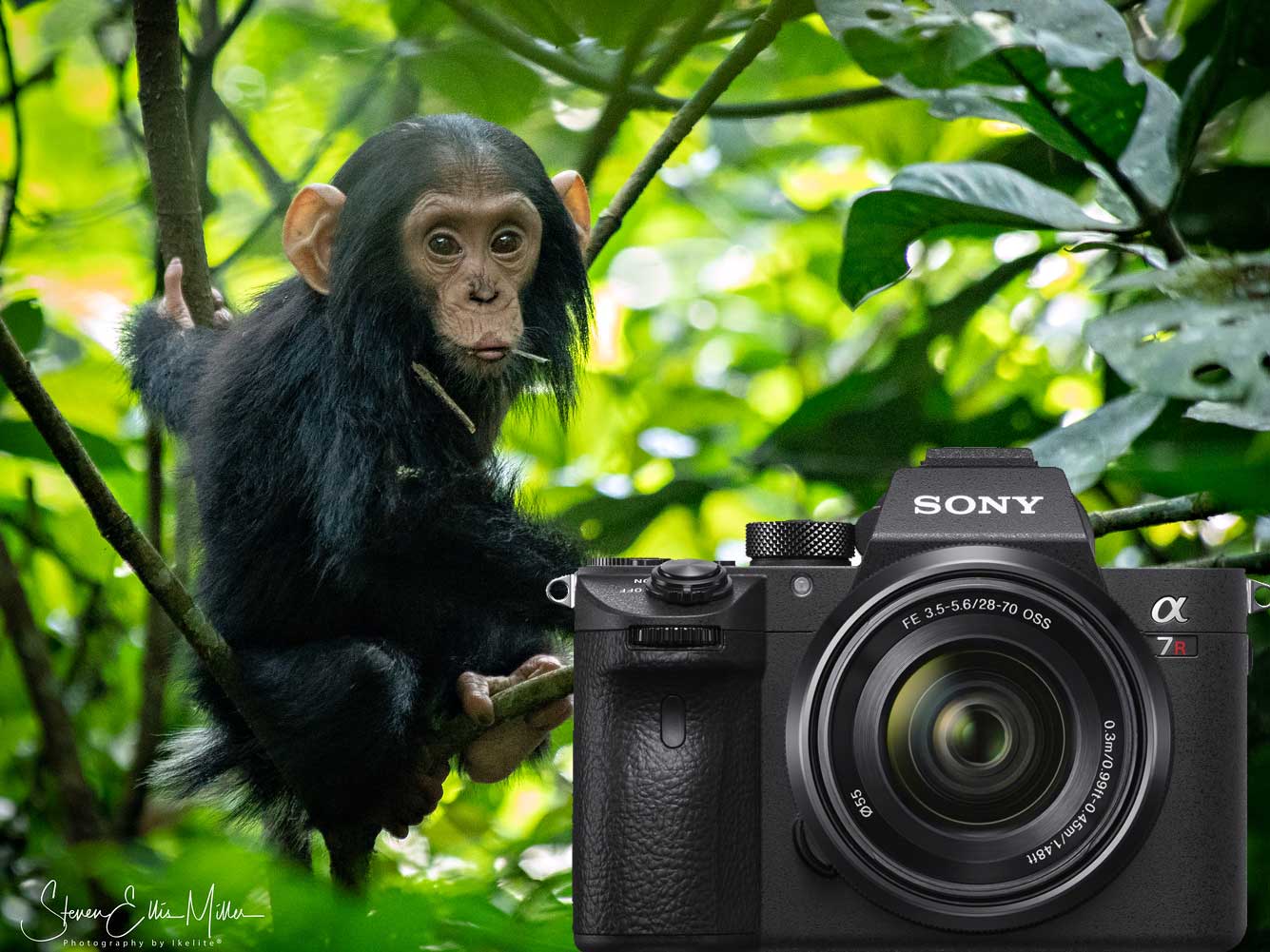Congratulations to Ambassador David Valencia for taking home first prize in the DIVE magazine UK's Original DIVE Photo Competition 2019. David's work stood out from among almost 1,500 entries with not just one- but two images to be featured in the contest feature article in DIVE magazine. The contest was judged by renowned underwater photographer Alex Mustard, DIVE publisher Graeme Gourlay, and Louisa Fisher of Original Diving.
The mobula aggregations are one of the wonders of the underwater world and we caught up with David to find out the story behind the winning shot.

The award winning shot, taken in the waters off shore of Cabo San Lucas where David lives. David currently shoots a Canon EOS 5D Mark III and is in the process of switching over to the Sony Alpha A7R III.
How deep were you when you shot this?
This photo took place in Cabo San Lucas in about 45-50 ft (15m) of water.
Tell us a little bit about the dive profile- are you free diving or on scuba? How do you get right in the middle of the action?
Mobulas can sometimes be wary of divers because of the noise of the bubbles, so freediving is the preferred manner to interact with them. In order to get this shot, I was diving with this "fever" for more than an hour as the group continued to circle a small area. They were quite calm as there was no boat traffic and only three of us in the water.
I would dive down and wait at the bottom following the dark shadow of the group until they would circle toward me. Sometimes I would lay on the sandy bottom for them to go over me, other times I stood upright to see how they would react. In this case the large group of hundreds of individuals, only moved around me at the last moment so the viewer gets a sense of their movement in the shot.

Freediving is critical to getting close to the mobulas, as the noise from breathing on scuba can startle them. If you're respectful the mobulas will move around you as if you're not there.
What lens were you using?
My lens of choice is always as wide as possible. For now I use my trusty 15mm Sigma.
What time of year does this occur?
Mobula season occurs during the months of late May-July and Late November-December. Reproductive aggregations fill the warm and productive waters of Southern Baja Mexico. These impressive rays can be found as the water changes from cold water to warm water or vice versa. The timing of their gathering has everything to do with water temperature and probably food availability. Their diet consists of all types of microscopic plankton but especially euphausiids, a shrimp-like crustacean.
What’s the best way to try to have an encounter like this? How long does the typical encounter last before the rays move on?
Encounters with mobulas are easily accessible to anyone. From the surface, you may observe a few mobulas jumping, but below the surface will be hundreds and sometimes thousands of individuals gliding in the blue. If people are calm in the water, it's possible to stay with the mobulas for as long as you want. Interactions can also depend on what part of the season it is as aggregations are more receptive to observers early in the season.

Mobula aggregations can be found in late May-July and Late November-December as the waters off Southern Baja Mexico are changing temperature.
Do the rays tend to keep their distance or do they ignore you?
Mobulas are usually preoccupied with socializing and looking for mates to be bothered by a few snorkelers in the water. For the most part, they will allow you to get as close as you want. Of course, closer than arms length may startle them and cause a chain reaction of rays swimming away. So I recommend to respect their space and enjoy the view of thousands of rays.
David will also be featured as a finalist with his image "Family Ties" of a family of orcas swimming in Cabo San Lucas, Mexico. Follow David's work on Instagram @david_valencia_photography.

"Orcas have long been thought of as dangerous to be in the water with. The truth is orca culture is deeply family oriented and complex. Older females are the leaders in the pod and will teach younger members skills for survival. This female moved forward as I diving down attempting to get close to one of the younger males of the pod." - David Valencia
 Ambassador David Valencia started diving while a student at the University of California Los Angeles to learn more about the marine environment. David is regularly published in dive publications such as Sport Diver magazine and has won and/or been recognized in numerous international underwater photo competitions. He continuously works to educate people through photography about the incredible natural resources of Baja California Sur, Mexico, where he lives. Read more...
Ambassador David Valencia started diving while a student at the University of California Los Angeles to learn more about the marine environment. David is regularly published in dive publications such as Sport Diver magazine and has won and/or been recognized in numerous international underwater photo competitions. He continuously works to educate people through photography about the incredible natural resources of Baja California Sur, Mexico, where he lives. Read more...
Additional Reading
Behind the Shot: DEEP Indonesia Best of Show Over-Under
Behind the Shot: Best Digital Artists Awards 2018
Crocodiles, Cenotes, and Chinchurro with Ken and Kimber Kiefer













